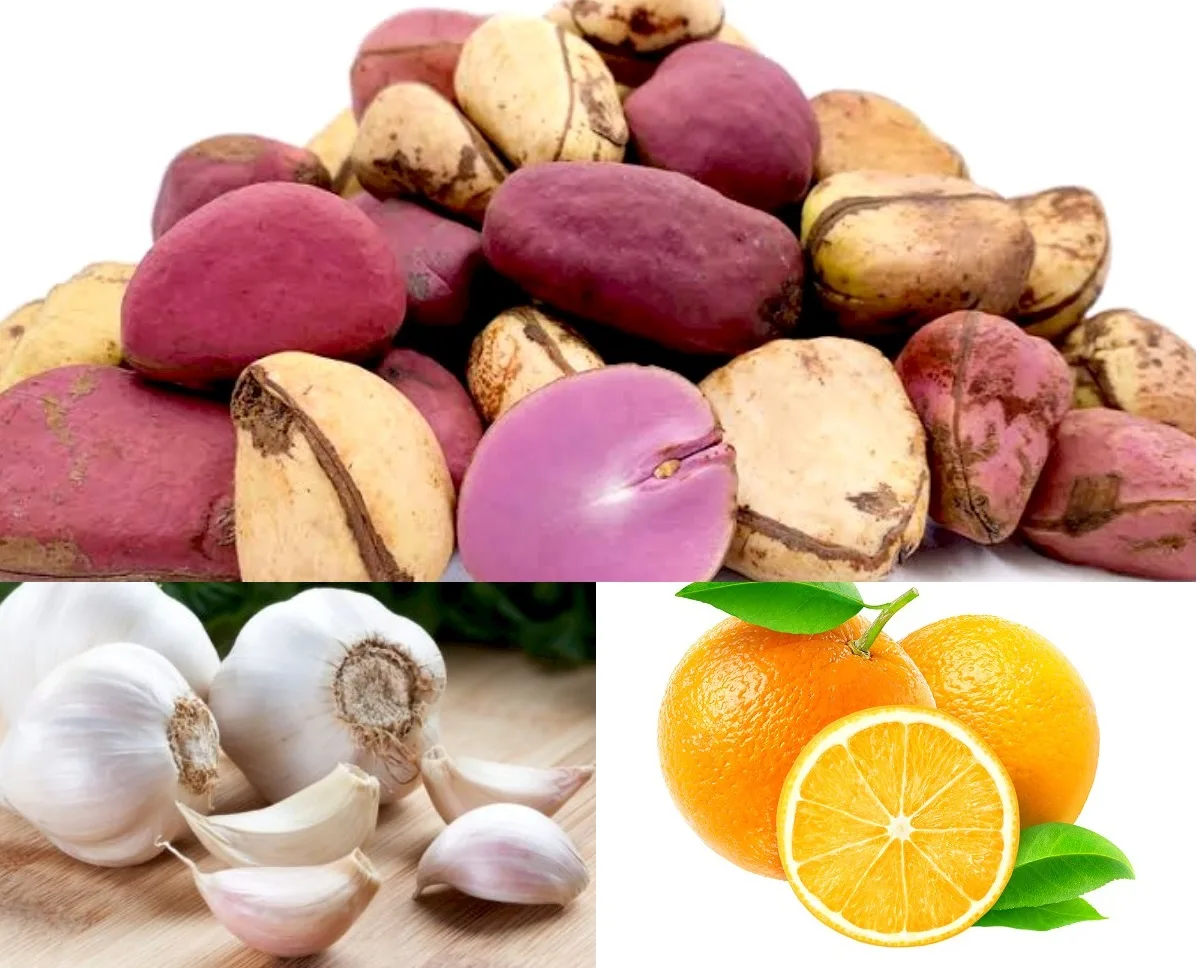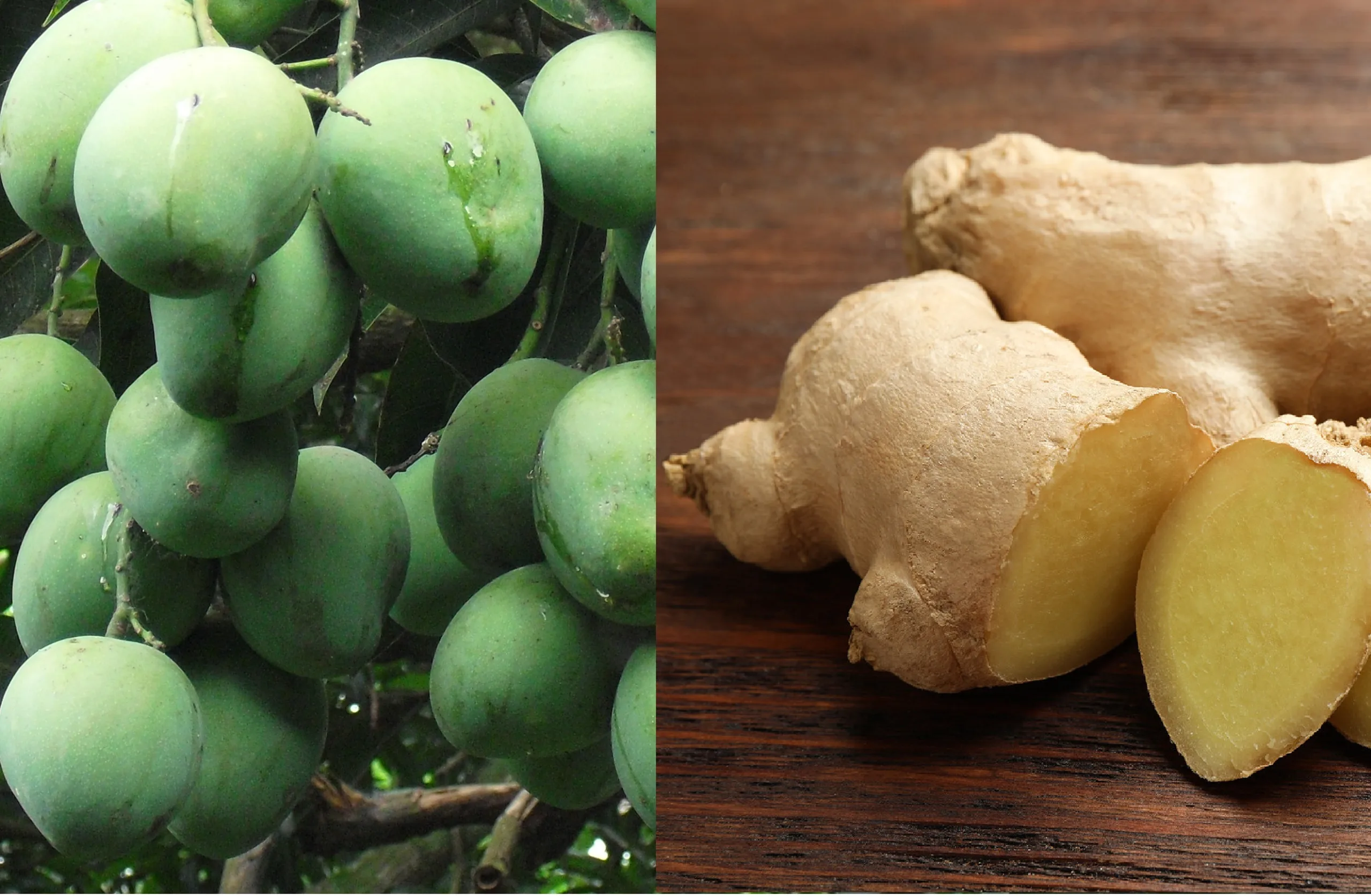Powerful Herbal Remedies for Malaria and Typhoid

Exploring Natural Remedies for Malaria and Typhoid Fever Malaria and typhoid fever are significant health challenges, particularly in tropical regions.
While conventional pharmaceutical treatments are widely used, many individuals seek natural alternatives due to concerns about side effects and drug resistance.
This blog post discusses a herbal remedy that combines various natural ingredients, offering an affordable and holistic approach to managing these diseases.
The Herbal Remedy
This natural treatment utilizes a blend of common ingredients known for their medicinal properties. Here’s what you’ll need:
Ingredients
- Unripe Pawpaw: Rich in enzymes and antioxidants, it aids digestion and boosts the immune system.
- Pineapple: Contains bromelain, which has anti-inflammatory properties.
- Lemon: High in vitamin C, it enhances immune function.
- Orange: Another excellent source of vitamin C, supporting overall health.
- Ginger: Known for its anti-nausea and anti-inflammatory effects.
- Raw Garlic: Contains allicin, which has antimicrobial properties.
- Senna Leaves: Often used as a natural laxative, it can aid detoxification.
- Clove: Contains eugenol, which has antibacterial properties.
- Black Pepper: Enhances absorption of nutrients and compounds.
- Kola Nut: Traditionally used for its stimulant properties.
- Cumin Seeds: Known for digestive benefits and antimicrobial effects.
Preparation Method
- Rinse the Ingredients: Start by thoroughly washing all the ingredients to remove any impurities.
- Boil: Place them in a large pot filled with water and bring to a boil. Let it simmer for 45 minutes.
- Infusion: After boiling, allow the mixture to steep for an additional hour to ensure all beneficial compounds are extracted.
- Strain: Sieve the mixture to separate the liquid from the solid ingredients.
- Dosage: Consume one cup of this herbal infusion three times daily.
Expected Outcomes
Users of this remedy may experience increased sweating, which is a natural detoxification process. Many report feeling better within a few days. It is recommended to continue this treatment for three additional days to observe significant improvements in symptoms.
Why Choose Herbal Remedies?
The shift towards herbal treatments can be attributed to several factors:
- Affordability: Herbal remedies are often cheaper than pharmaceutical options, making them accessible to more people.
- Fewer Side Effects: Many individuals prefer natural treatments due to concerns over adverse reactions associated with synthetic drugs.
- Cultural Acceptance: In many communities, traditional medicine is a trusted form of healthcare passed down through generations.
The Science behind Herbal Ingredients
Research supports the efficacy of many plants used in traditional medicine for treating malaria and typhoid fever. For instance:
- Studies have shown that garlic possesses antimicrobial properties that can combat pathogens responsible for these diseases
- Ginger is well-documented for its ability to reduce inflammation and nausea.
- Pawpaw has been recognized for its potential health benefits, including boosting immune response
Moreover, various studies highlight the importance of combining multiple herbs to enhance therapeutic effects. This synergistic approach can lead to more effective treatments compared to single herb usage
Natural remedies offer a viable alternative for those seeking relief from malaria and typhoid fever without relying solely on pharmaceuticals.
The herbal mixture discussed provides an accessible option that harnesses the power of nature’s bounty. As always, it’s essential to consult with healthcare professionals before starting any new treatment regimen, especially in cases of severe illness.
By embracing both traditional knowledge and modern research, we can develop comprehensive strategies to tackle these persistent health challenges effectively.

